CENTENNIAL of NAVAL AVIATION - Naval Air Station North Island / CA
Update: 2020/05/04 by Shawn Clish / CHK6
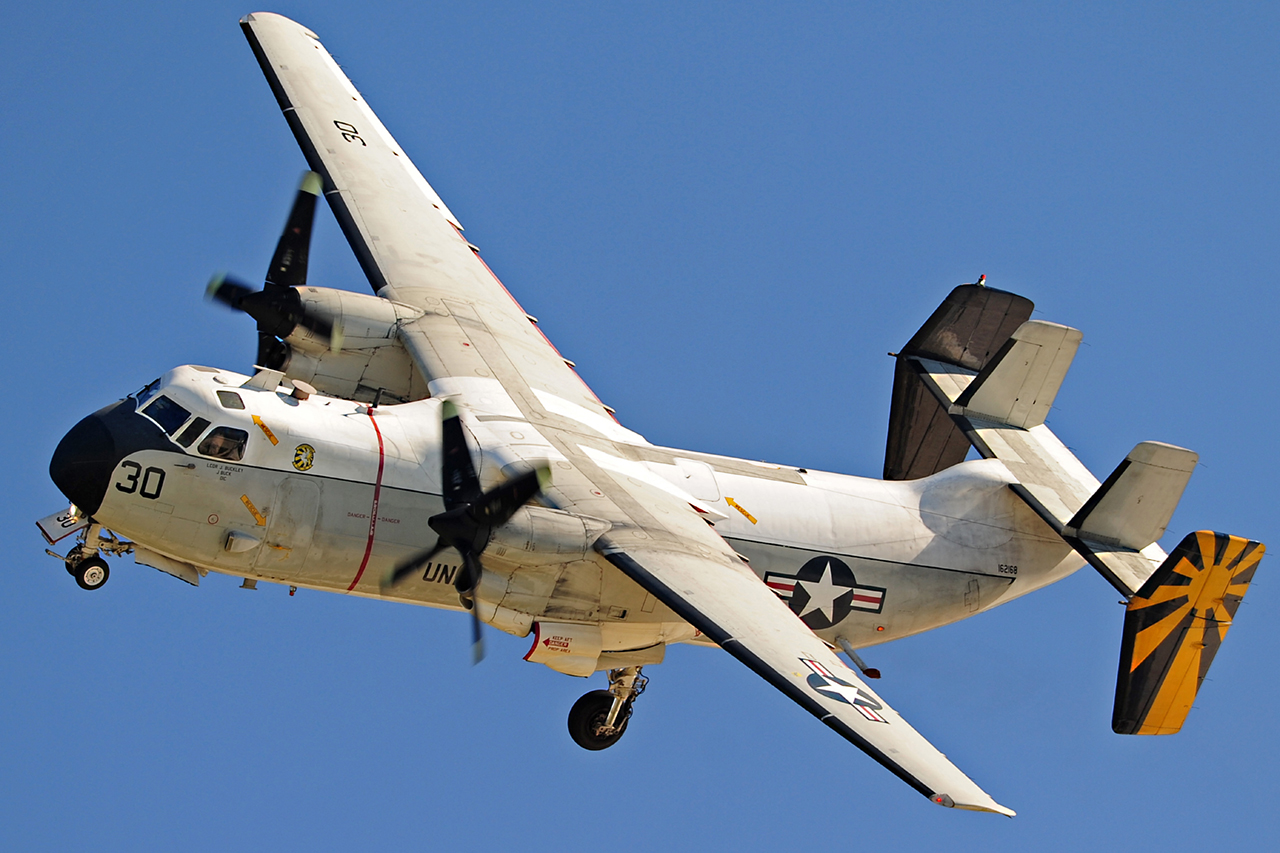
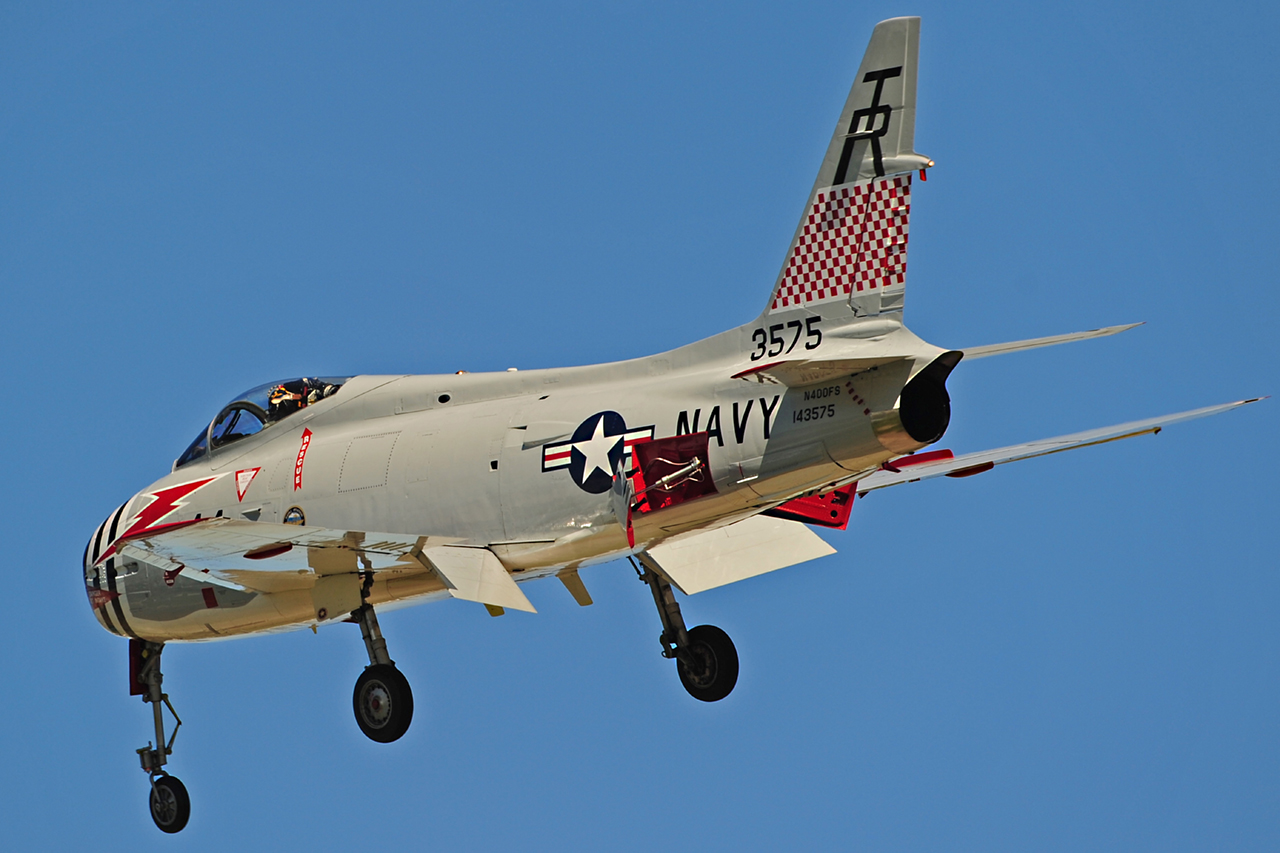
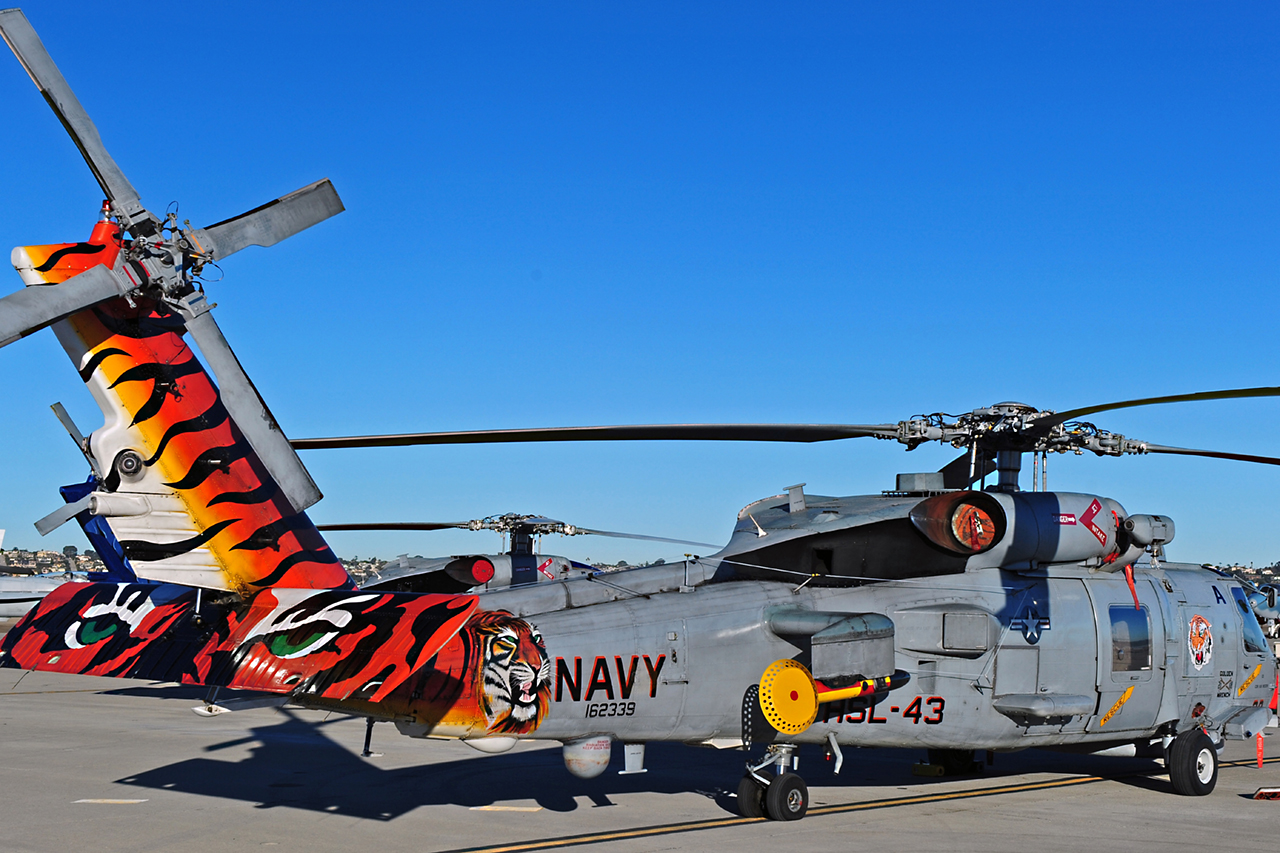
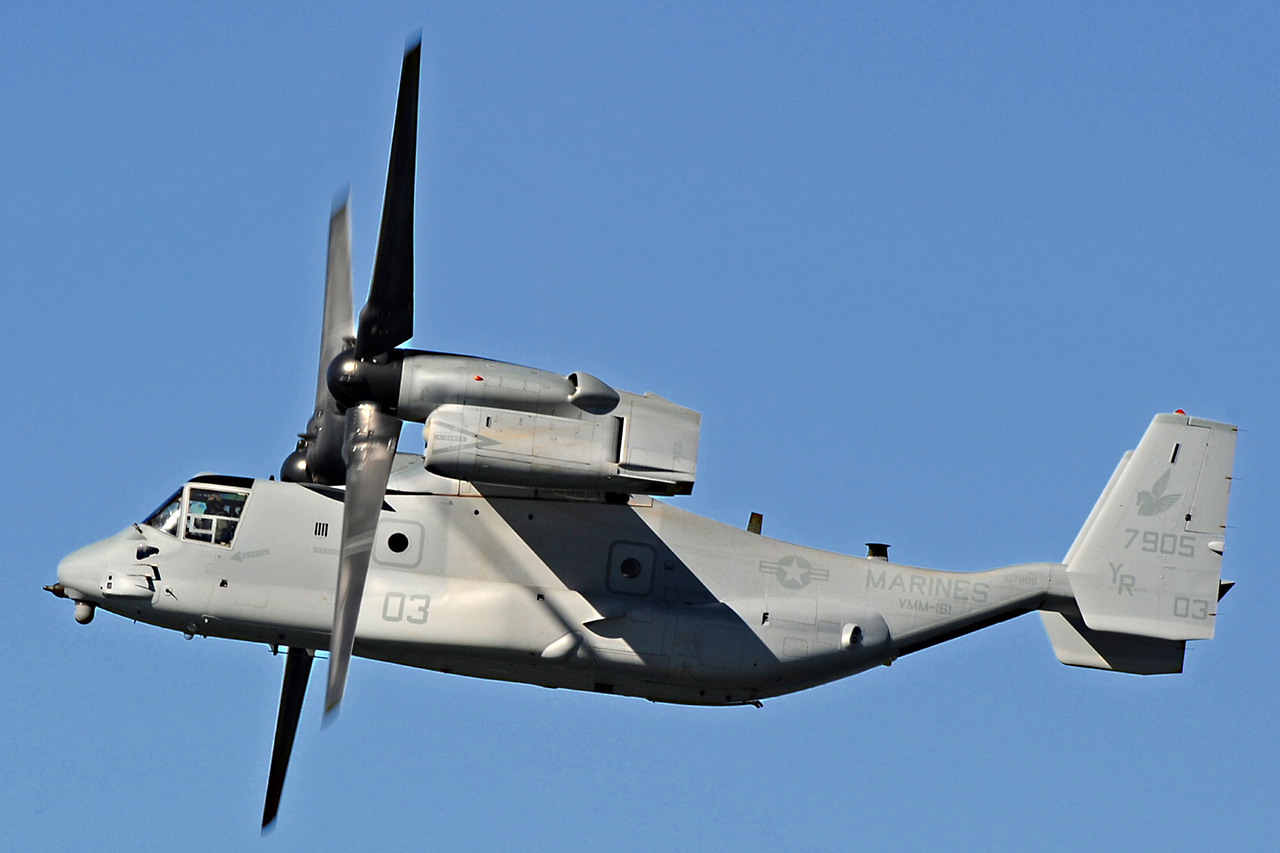
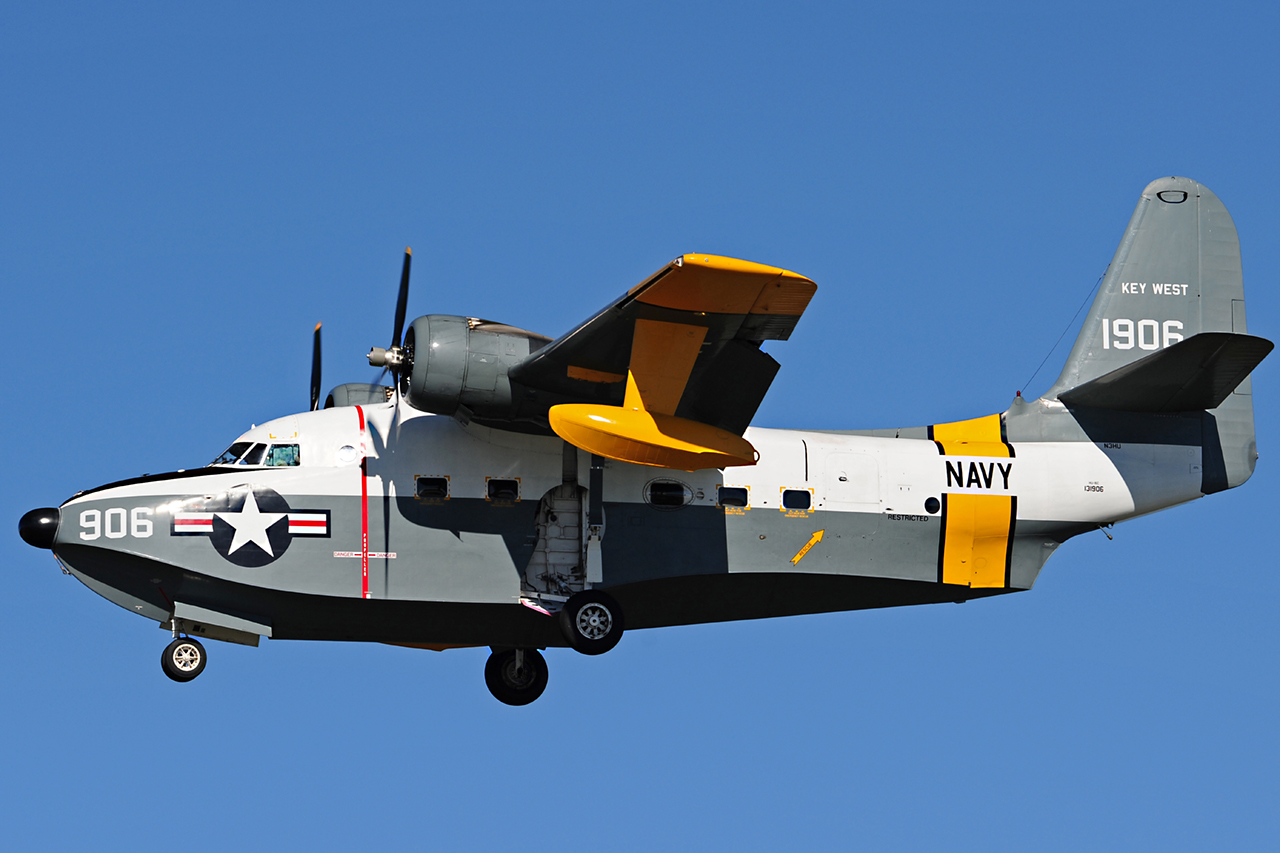
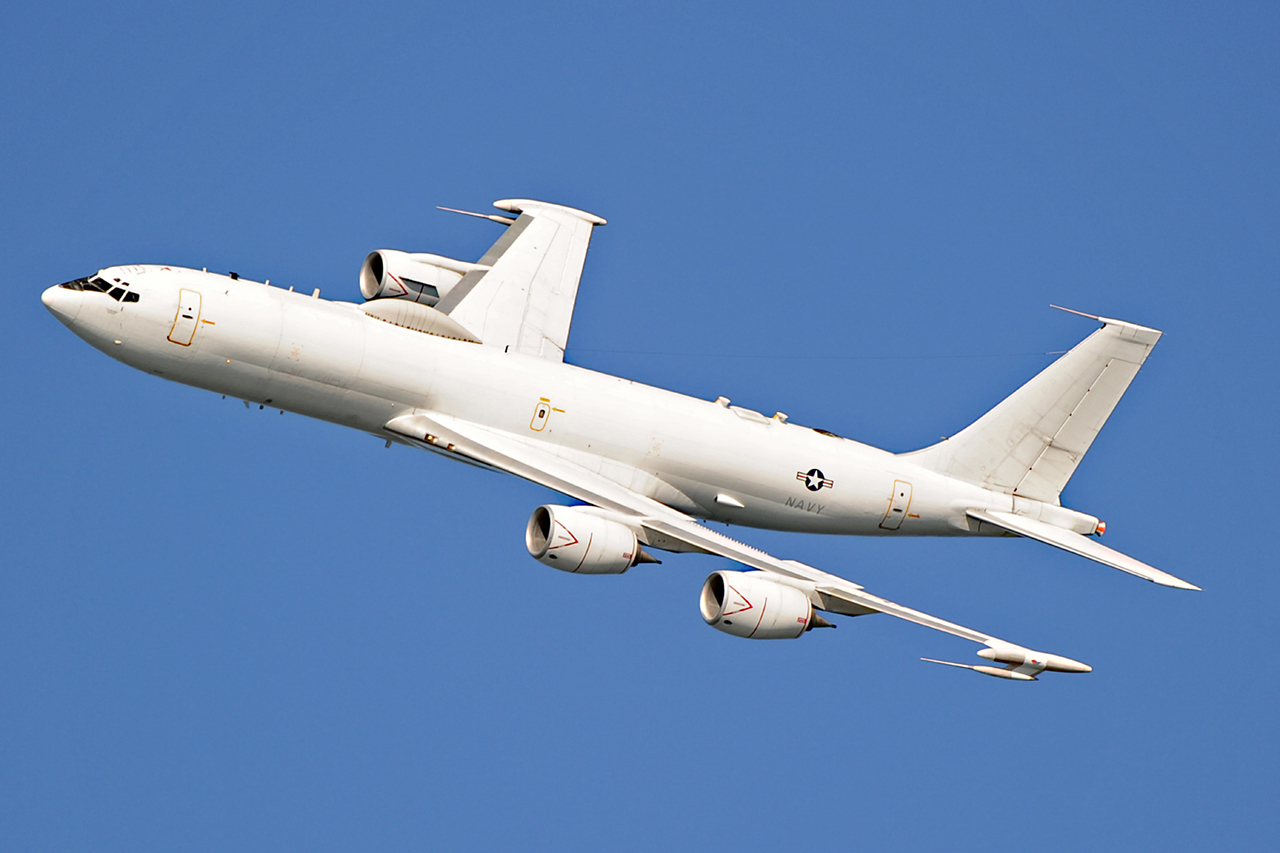
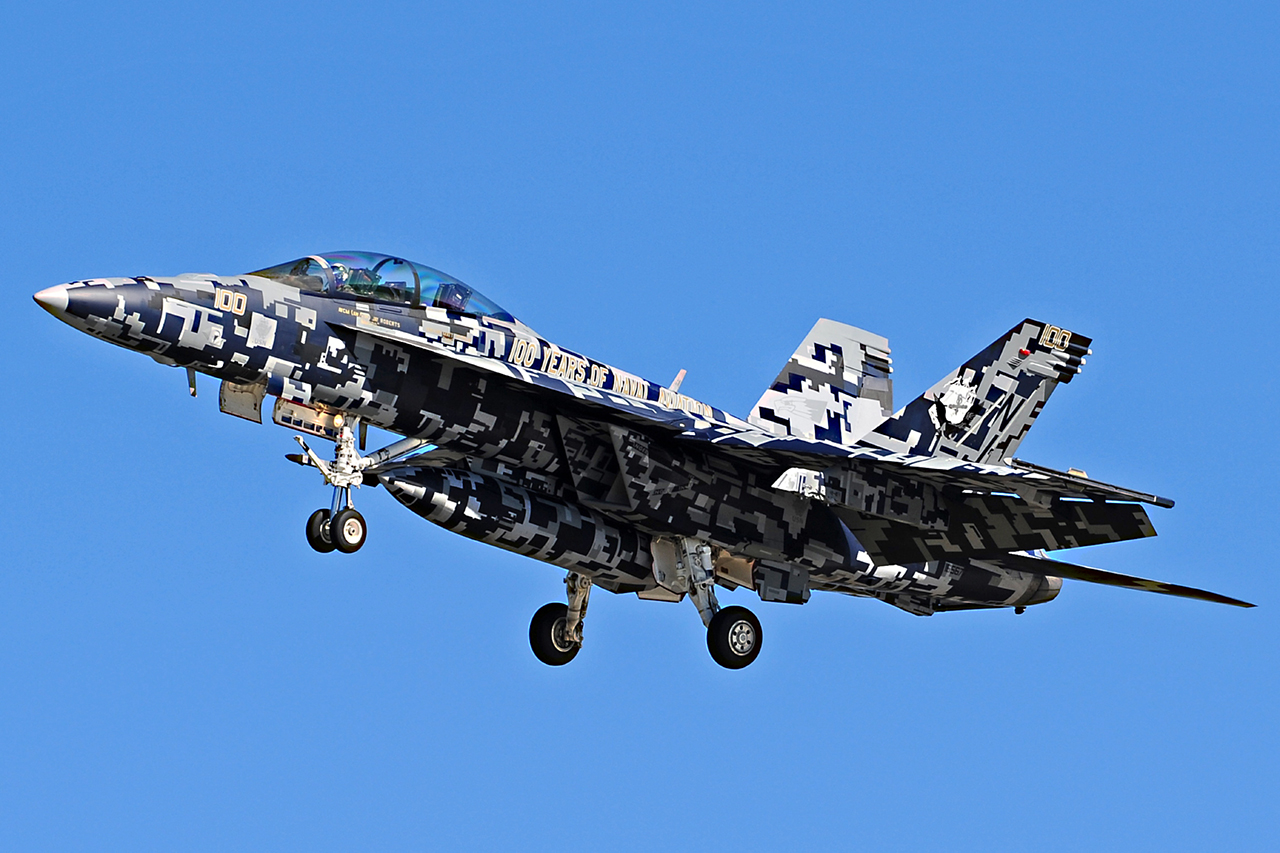
United States Naval Aviation can trace it’s roots back to two important events that took place over a few months in 1910 and 1911. First, on November 14, 1910, Eugene Ely, a civilian pilot belonging to the Curtiss Company completed the first takeoff of an airplane from a ship by taxiing off a platform built on the bow of the Chester-class scout cruiser USS BIRMINGHAM (CL-2) which was anchored at Hampton Roads, Virginia. Then on January 18, 1911, on the other side of the country in San Francisco Bay, California, Mr. Ely landed his Curtiss pusher on an extension which had been built on an armoured cruiser, the USS PENNSYLVANIA (ACR-4). Wearing a helmet and some bicycle inner tubes for protection, Mr. Ely had approached at approximately 40 mph and used the steel hooks attached to the bottom of his airplane to catch one of the cables strung across the deck of the ship, performing what would later become commonly known in carrier aviation as a ‘trap’. As a result of these successful demonstrations, US Naval Aviation was officially born on May 8, 1911, when the Navy purchased it’s first airplane, a Curtiss A-1 TRIAD.
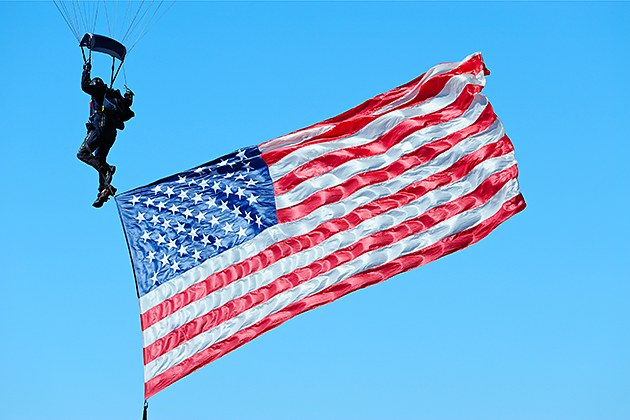
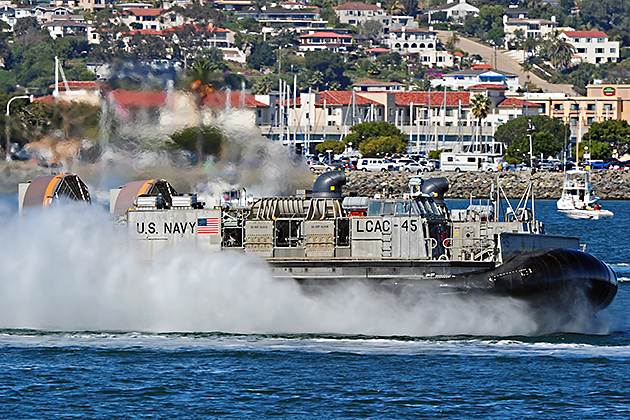
100 years later, in 2011, the United States Navy, along with the United States Marine Corps and the United States Coast Guard celebrated the Centennial of Naval Aviation. More than 30 open houses and air shows, listed as ‘tier 1’ events, were planned in an effort to honour the past, showcase the present and project the future of airpower at sea. One of the centerpieces of the anniversary was the Heritage Paint Project, an effort to specially paint 21 fixed-wing aircraft and 6 helicopters in throwback markings, representing Navy, Marine Corps and Coast Guard colour schemes through the years. On February 12, 2011, Naval Air Station (NAS) North Island, California, hosted the kick-off event, featuring an impressive static display and the largest fly past over the San Diego Bay since 1932.
He was also the first naval pilot to fly at night, the first to land on water in the dark and the first to fly a naval seaplane from a catapult.
S. Clish
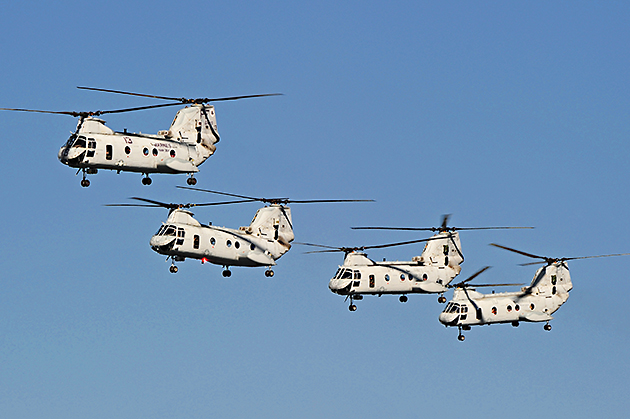
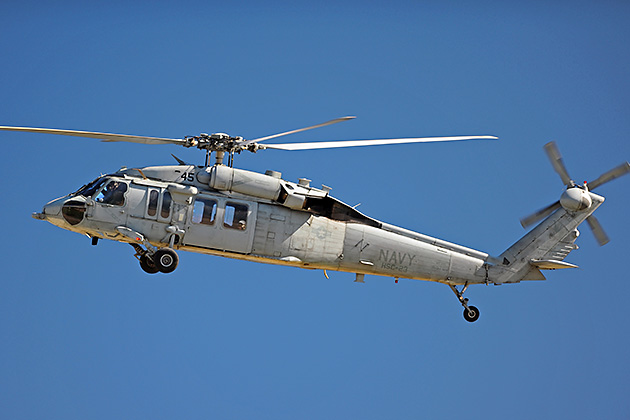
Although it was officially commissioned as a Naval Air Station in 1917, North Island was home to naval aviation starting in 1911. Lieutenant Theodore ‘Spuds’ Ellyson, the first naval aviator, was trained on the island at the Glenn Curtiss Aviation Camp. He was also the first naval pilot to fly at night, the first to land on water in the dark and the first to fly a naval seaplane from a catapult. Since most of the original naval aviators, including Lt. Ellyson, were trained at North Island, it is known as the ‘Birthplace of Naval Aviation’, a title that was officially recognized by the House Armed Services Committee on August 15, 1963. Other highlights include the first leg of Charles Lindbergh’s historic flight from New York to Paris since his aircraft, The Spirit of St Louis, was built in San Diego. The first official US Naval Aerobatic team, the ‘Three Sea Hawks’ was created using Boeing F2B fighters based at North Island in 1927. And in 1935 North Island was home to all four of the Navy’s aircraft carriers: USS LANGLEY (CV-1), USS LEXINGTON (CV-2), USS SARATOGA (CV-3) and USS RANGER (CV-4). Today it is home to multiple Helicopter Sea Combat Squadrons (HSC) flying the Sikorsky MH-60S SEAHAWK, multiple Helicopter Maritime Strike Squadrons (HSM) flying the Sikorsky MH-60R SEAHAWK, an assortment of other aircraft including the Grumman C-2A GREYHOUND and the Boeing C-40A CLIPPER and two Nimitz-class aircraft carriers; USS THEODORE ROOSEVELT (CVN-71) and USS ABRAHAM LINCOLN (CVN-72)
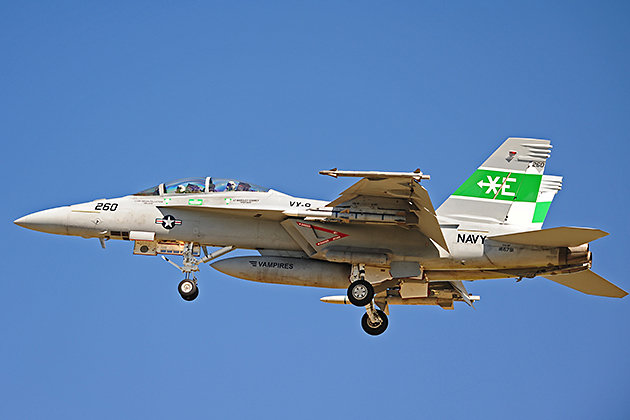
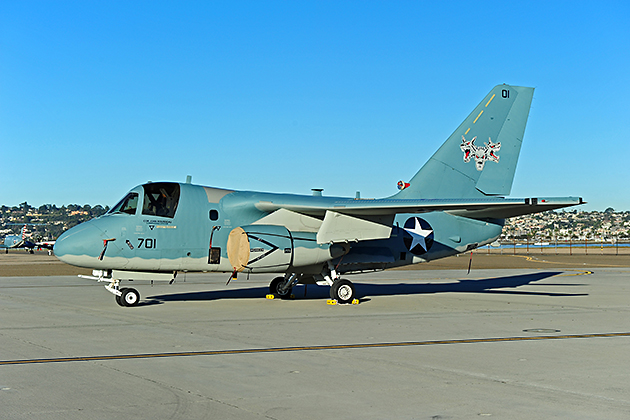
In the fall of 2010 details started to appear about an event at North Island to be held in February 2011. But as the date drew closer, the event seemed more of a myth than reality due to a lack of available information. Still, it seemed like a gamble worth risking, so flights and hotels were booked and fingers were crossed that an air show would take place. NAS North Island is located at the north end of the Coronado peninsula across the Bay from downtown San Diego. On the morning of Thursday February 10 we made our way across the bridge to Coronado hoping to catch some of the aircraft arriving for static display. The primary runway for operations at NAS North Island is runway 29 due to the prevailing westerly wind and the fact that it parallels the approach of the very busy Lindbergh Field located just to the north. South of the final approach for runway 29 is Coronado Beach, certainly one of the nicest locations to spend a day photographing aircraft. With the sand between my toes and the Pacific Ocean crashing in the background, the low winter sun remained at my back for most of the day, while Point Loma, a rugged peninsula, was always visible to the north. Aircraft started arriving early and there was plenty of action through the day. One of the most impressive paint schemes was worn by a Boeing F/A-18F SUPER HORNET belonging to Strike Fighter Squadron 122 (VFA-122), the ‘Flying Eagles’. The aircraft was painted in a unique navy blue and grey digital camouflage and had the words ‘100 YEARS OF NAVAL AVIATION’ written along it’s spine. Another arrival was a Lockheed S-3B VIKING from Air Test and Evaluation Squadron 30 (VX-30). Although the VIKING had been retired from front-line Fleet service in January 2009, three machines were still flying with the ‘Bloodhounds’ out of NAS Point Mugu. Since the S-3 traces its heritage to the torpedo bomber and scouting squadrons of World War II, it received a 1942 vintage blue grey over light dull grey camouflage to commemorate the Battle of Midway. Two more special retro-schemes were on display from the same squadron, Electronic Attack Squadron 129 (VAQ-129) based at NAS Whidbey Island, Washington. Since the squadron was in the process of replacing their aging Northrop Grumman EA-6B PROWLER´s with new Boeing EA-18G GROWLER´s they painted one of each. The PROWLER was also painted with a blue grey over light gull grey scheme similar to the VIKING, but wore red and white horizontal stripes across its rudder representing the Battle of the Coral Sea, the first action in which aircraft carriers engaged each other. The GROWLER received a three-tone paint scheme honouring Air Group 85 and their operations in 1944 from the USS SHANGRI-LA (CV-34).
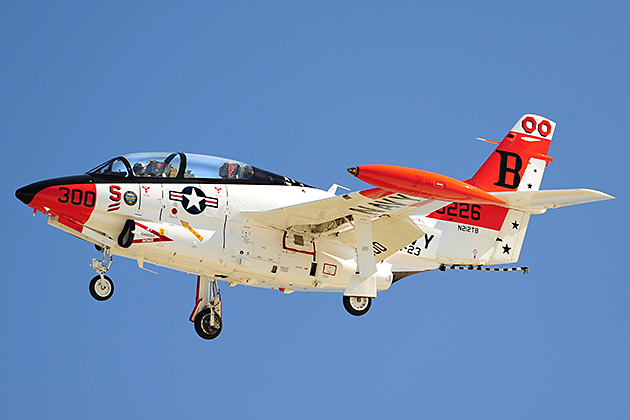
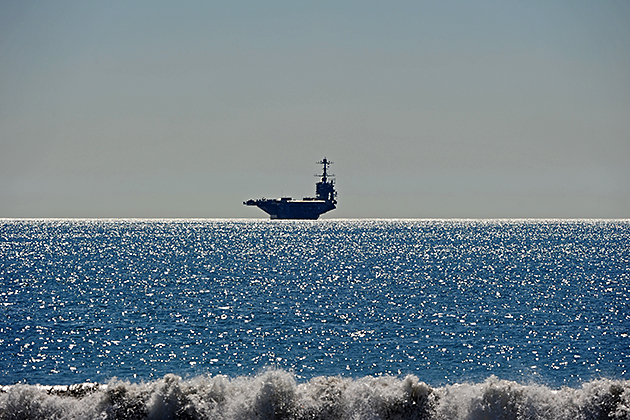
Also arriving for static display were many privately owned warbirds including a General Motors TBM-3 AVENGER torpedo bomber, a Grumman UF-1 ALBATROSS air-see rescue flying boat, a North American T-2B BUCKEYE jet trainer, multiple versions of the Douglas A-4 SKYHAWK and the only airworthy North American FJ-4B FURY. One final highlight was not in the air but on the sea. The Nimitz-class nuclear-powered supercarrier USS JOHN C. STENNIS (CVN-74), with a PROWLER and a SUPER HORNET on her deck, entered the San Diego Bay between the air station and Point Loma to be docked at North Island for the open house.
Other colourful aircraft included an Naval Air Weapons Station (NAWS) China Lake based McDonell Douglas F/A-18C HORNET and a Lockheed Martin F-16B FIGHTING FALCON belonging to the United States Navy Fighter Weapons School, more commonly referred to as 'TOPGUN'.
Shawn Clish
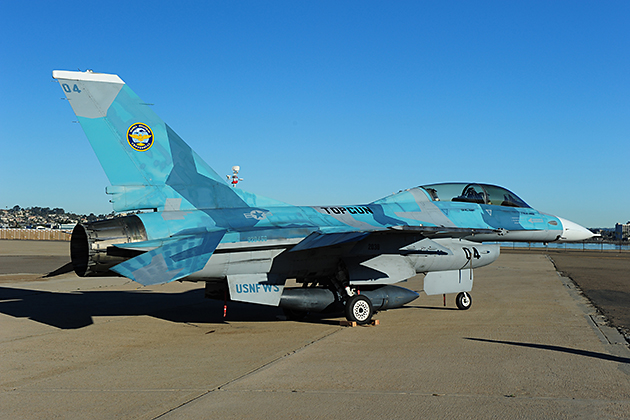
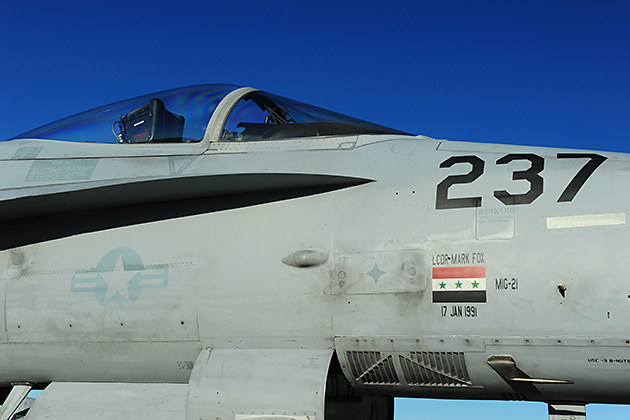
Friday February 11 presented another cloud free opportunity to enjoy the California sun and the best the US Navy had to offer. Pass holders were allowed on base early to take unobstructed pictures of the static displays without the crowds of the Saturday show. World War II era paint schemes from the Heritage Paint Project were on full display, including some examples we hadn’t seen arrive while on the beach the previous day. Other colourful aircraft included an Naval Air Weapons Station (NAWS) China Lake based McDonell Douglas F/A-18C HORNET and a Lockheed Martin F-16B FIGHTING FALCON belonging to the United States Navy Fighter Weapons School, more commonly referred to as ‘TOPGUN’. A less remarkable looking HORNET was on display nearby and could easily have been missed due to its typical grey paint scheme. But a close look at the nose revealed a MiG kill marking belonging to Lieutenant Commander Mark Fox during Operation Desert Storm. On January 17, 1991 LCDR Fox and his wingman were inbound on a bombing mission when they were alerted to two enemy aircraft in their path. They were able to each down a MiG-21 with AIM-7M Sparrows before continuing to their target and executing their previously planned bombing mission. LCDR Fox was awarded the Silver Star for the mission and the two MiG kills were the only Navy aerial victories in Desert Storm. The late morning offered an opportunity to board the USS JOHN C. STENNIS but due to our success and enjoyment of the previous day we headed back to the beach with the hope of catching the last of the arrivals. Once again the location did not disappoint, but what made the decision even more remarkable was finding out the following day that foreigners were not being allowed access to the ship.
At least 75 aircraft were on static display including warbirds, fighter jets, helicopters and futuristic unmanned aerial mock-ups.
Shawn Clish
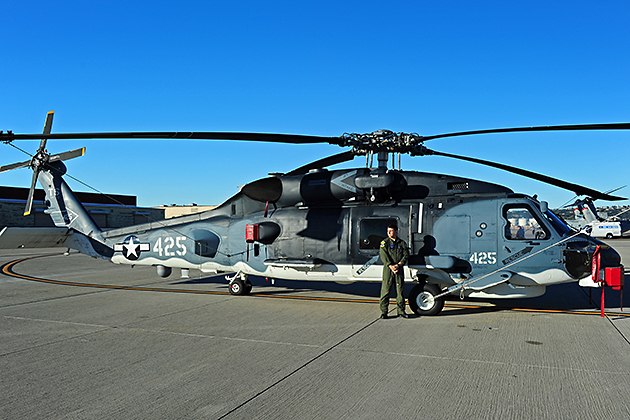
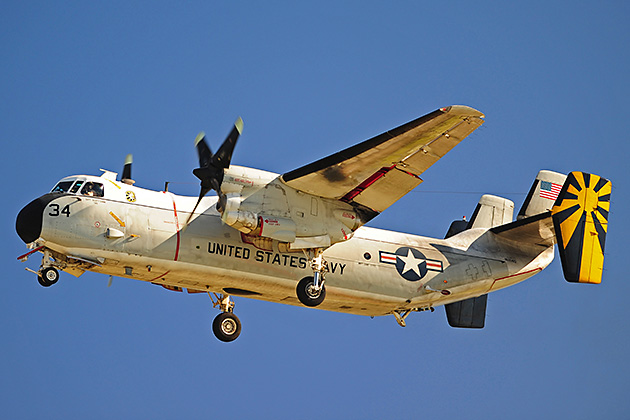
On Saturday February 12 NAS North Island opened their gates and welcomed more than 70 000 visitors to the base. At least 75 aircraft were on static display including warbirds, fighter jets, helicopters and futuristic unmanned aerial mock-ups. Colourful helicopters from locally based squadrons were all over the ramp including an Sikorsky MH-60R attached to HSM-41 wearing the three-tone sea blue, intermediate blue and white colours of Night Air Group 90 which operated from the USS ENTERPRISE (CV-6) during World War II. This helicopter was one of 17 of the 27 specially painted Heritage Paint Project aircraft on the apron that day. Prior to the show in the air, a pair of Landing Craft Air Cushion (LCAC), a type of hovercraft, demonstrated some of their manoeuvers for the crowd. The LCAC is an impressive machine, able to conduct an amphibious assault with 180 fully equipped troops or an M1 ABRAMS battle tank while being launched from a ship ‘beyond-the-horizon’.
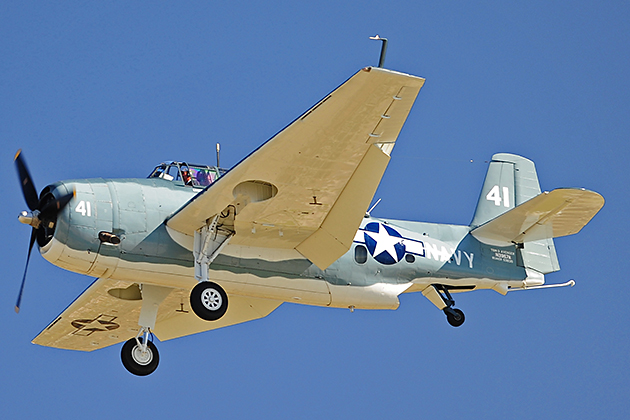
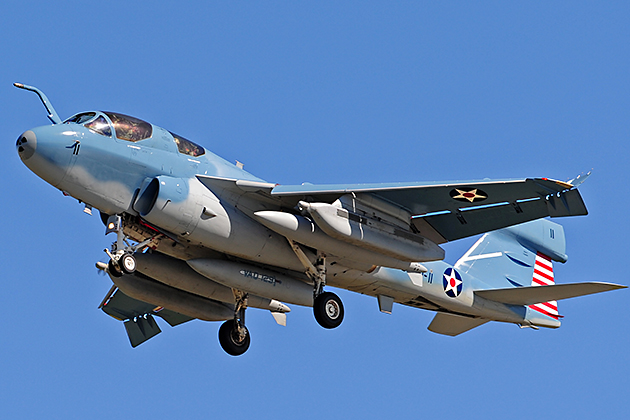
The highlight of the day was the ‘Parade of Flight’ over the San Diego Bay, featuring approximately 130 aircraft from the Navy, Marine Corps and Coast Guard and also included historic aircraft belonging to private collectors and museums. The parade was opened by the US Navy flight demonstration team, the Blue Angels, in their classic 6-ship delta formation. The pace was then slowed as trainers, fighters and even a Boeing B-17 FLYING FORTRESS representing World War II flew by. Although the B-17 is of course remembered for missions with the Army, the Navy and Coast Guard both used the airplane under the naval aircraft designation PB-1. The Marines showed off their vertical lift capabilities, with multiple formations including their brand new Bell UH-1Y VENOM and Bell AH-1Z VIPER helicopters and McDonell Douglas AV-8B HARRIER II jump jets. Camouflaged F-16 and Northrop F-5N TIGER II aggressors continued to infuse the event with colour, patterned after adversary aircraft types as their mission is to replicate enemy combat tactics. The finale of the two hour long parade was a mass flyby of 35 F/A-18’s, EA-6B’s and Grumman E-2C HAWKEYE´s from Carrier Wing Nine assigned to the USS JOHN C STENNIS.
Verdict: The Navy, Marines and Coast Guard kicked off the Centennial of Naval Aviation with a very special event.The location was perfect, the weather was beautiful and the aircraft were colourful.While there were many opportunities to view Heritage Paint Project aircraft at celebrations throughout the year, none of them offered the quantity of aircraft that were on display at North Island.Whenever I operate a flight out of San Diego International Airport I find myself looking down at the base and Coronado Beach with the fondest of memories.
Shawn Clish / CHK6

